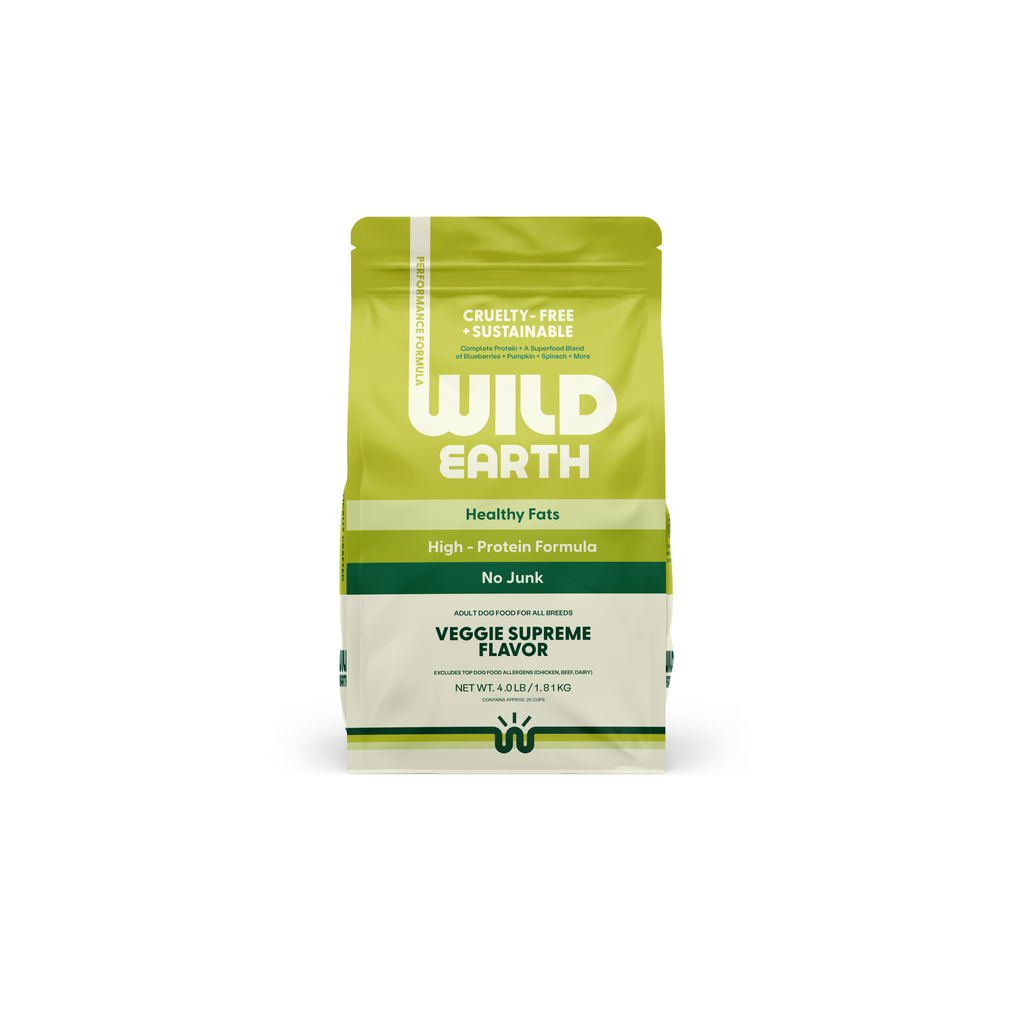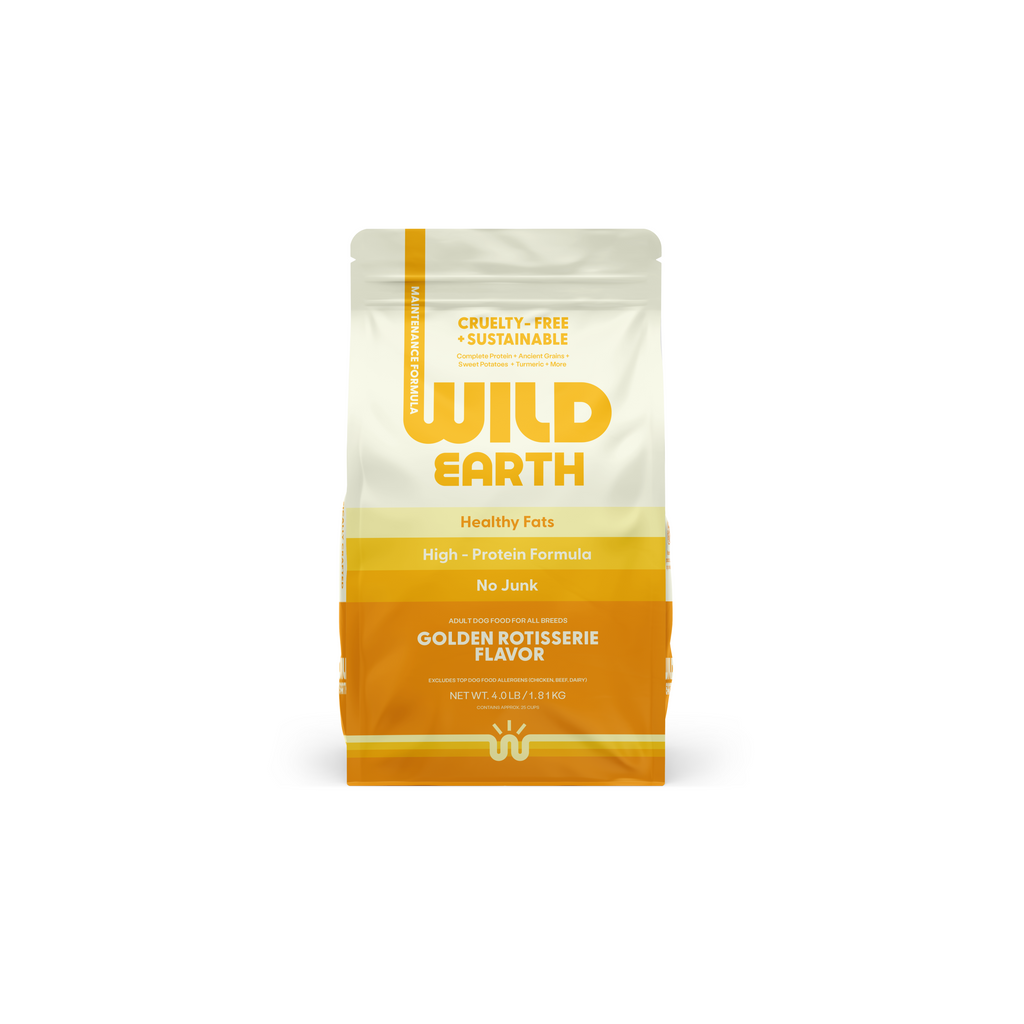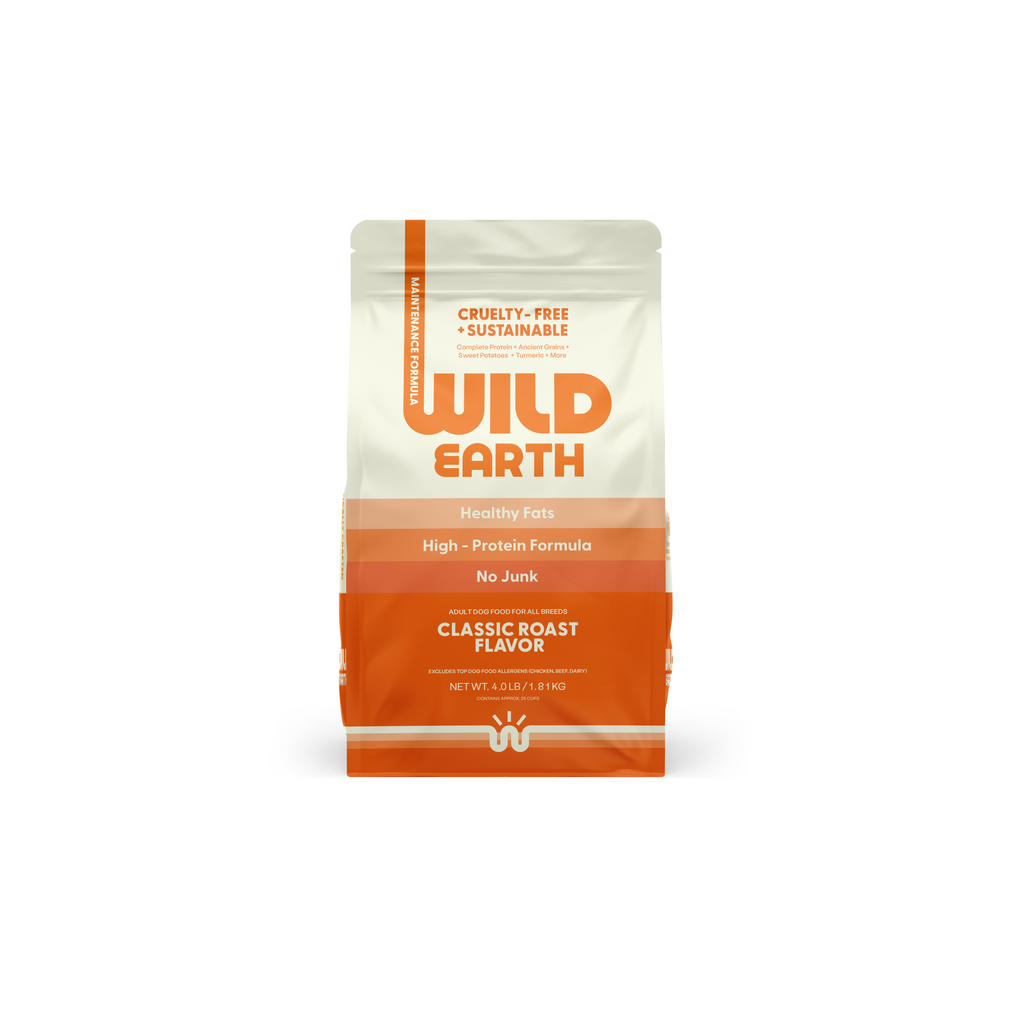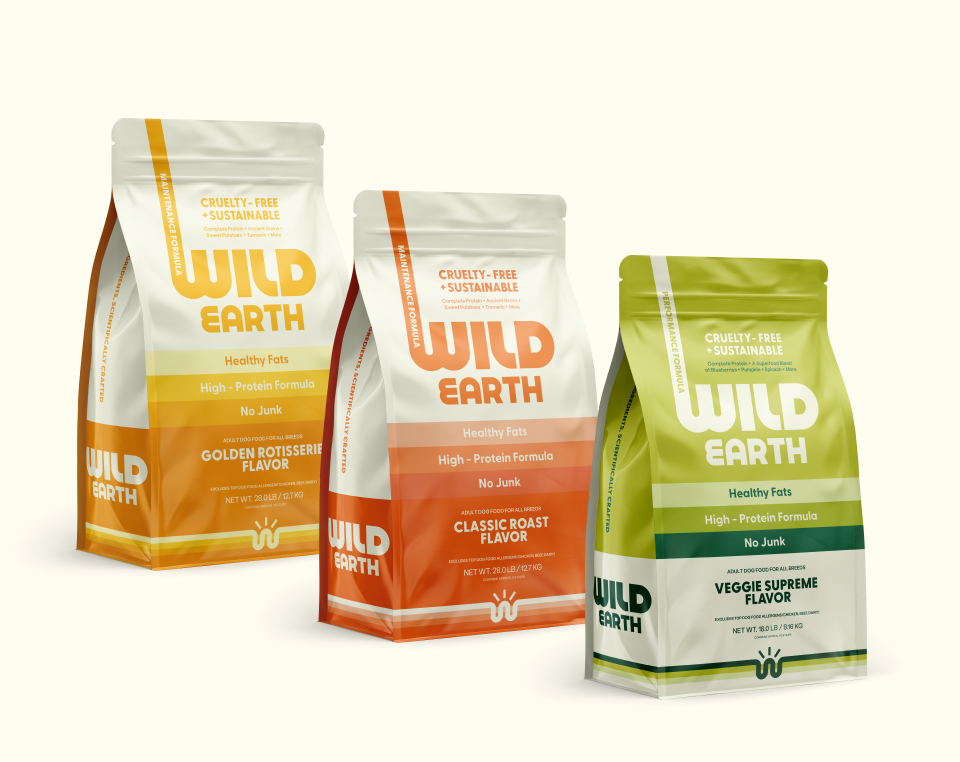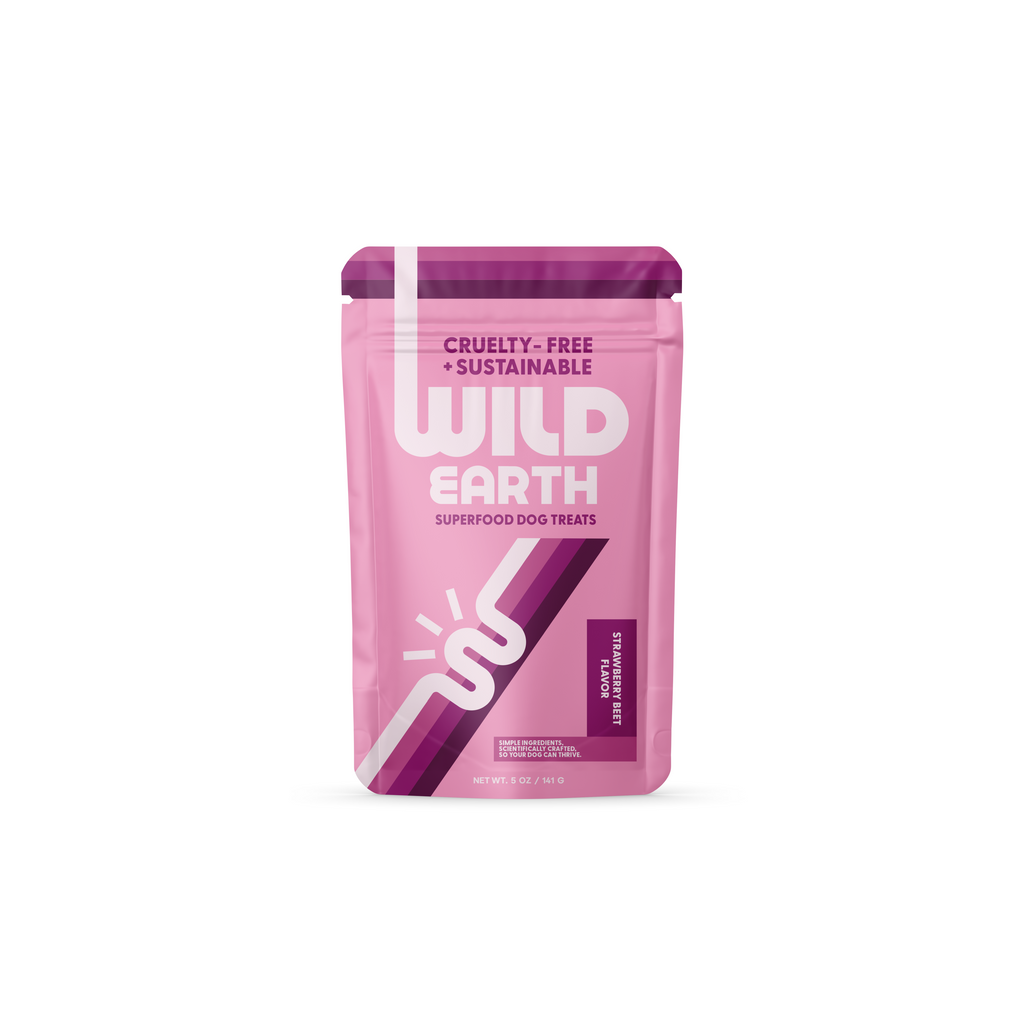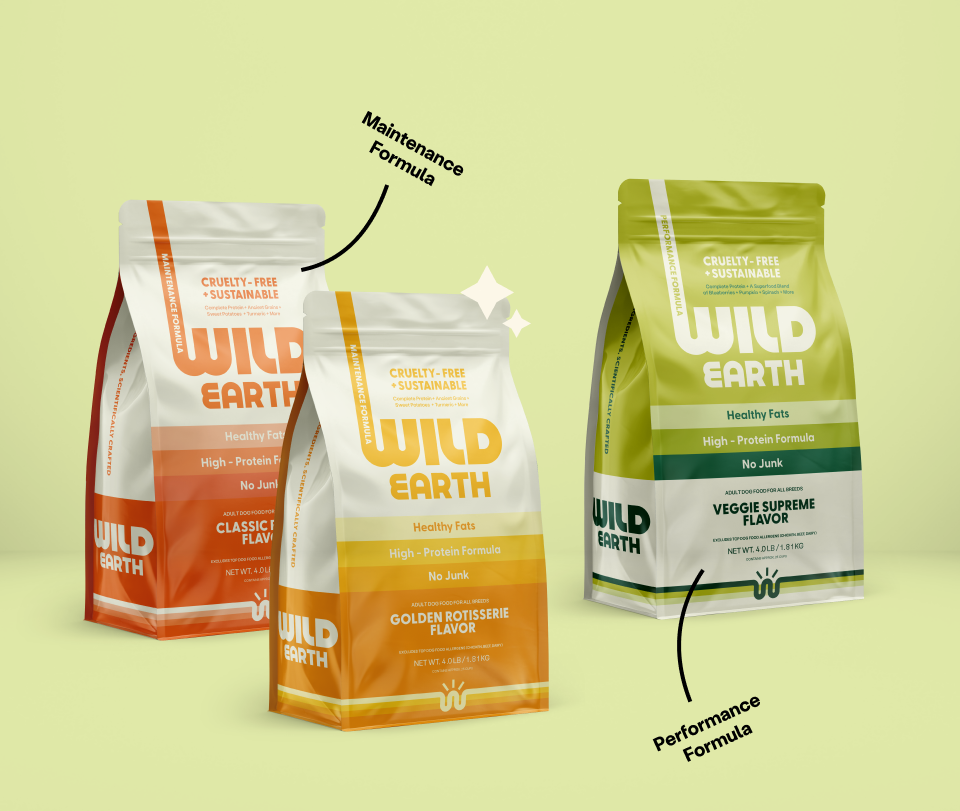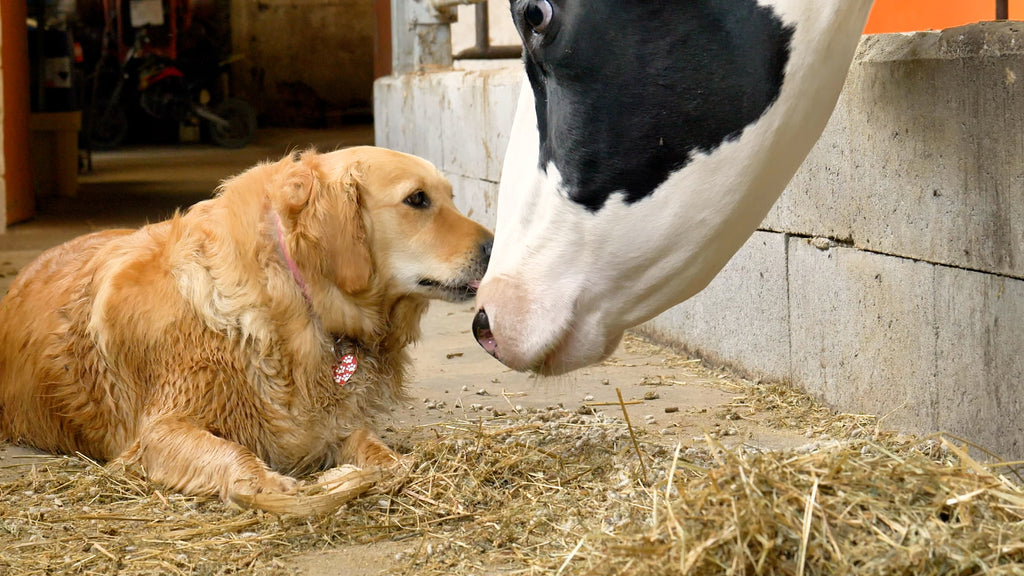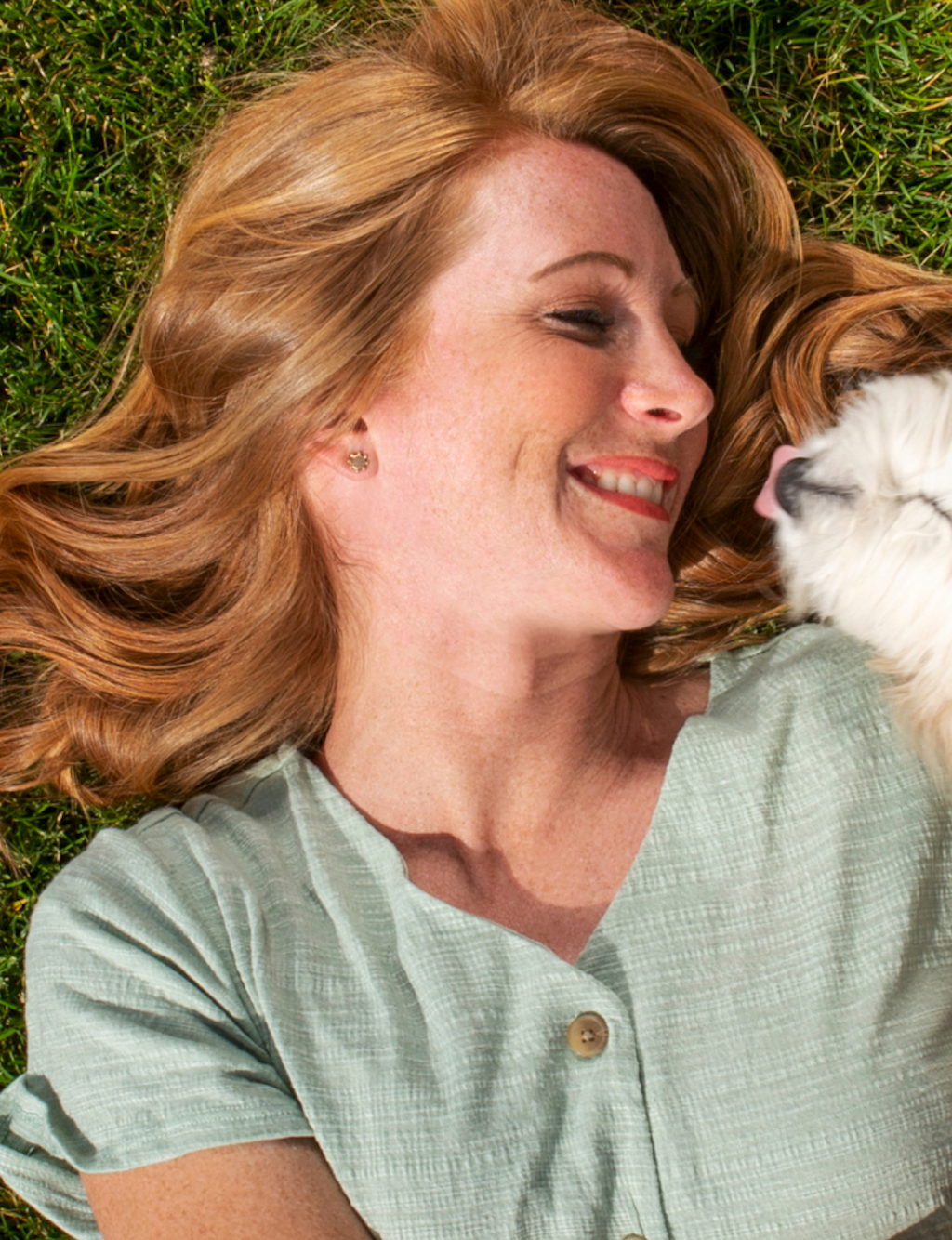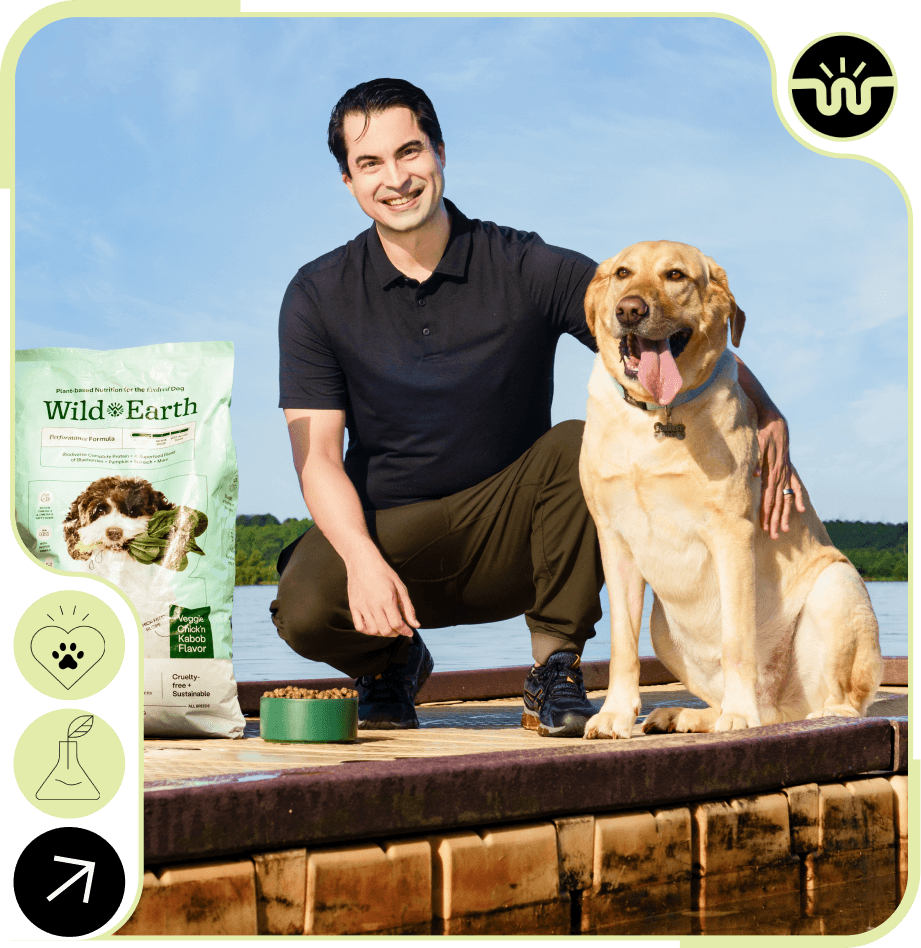
20 Surprising Stats for Dog Parents in 2025
Introduction
Remember when you thought you'd never be that person who talks to their dog like they're having a real conversation? Well, here we are, asking Captain Fluffball about his breakfast preferences. Life with dogs has become quite the adventure, with new trends popping up faster than you can say "gourmet treat”. So what's got the dog world wagging these days? Here are some insights to keep you up to date with the latest.
Table of Contents
- 68M U.S. households own a dog in 2025, up from 65.1M in 2023-2024.
- 45.5% of U.S. households own dogs, the most popular pet.
- Avg. 1.5 dogs per dog-owning household.
- Idaho leads dog ownership 58.3%, followed by Montana & West Virginia.
- Millennials are the largest dog-owning group 33%, then Gen X & Boomers.
- U.S. pet spending hit $152B in 2024, projected at $157B in 2025.
- Avg. annual dog expenses: $1,533 per dog (food, vet care, supplies).
- U.S. pet food/treats sales: $65.8B in 2024, $67.8B projected in 2025.
- 41%-43% of dog owners bought premium food in 2024, up 5% from 2023.
- 51% of pet owners shop online for pet products in 2024.
- Global spay/neuter market: $2.5B in 2024, projected at $2.6B in 2025.
- 35% of dog owners called their dogs overweight/obese in 2024, up from 17% in 2023.
- Avg. vet spending per dog household: $580/year.
- 7.03M pets insured in North America in 2024, up 12.2% from 2023.
- 3M dogs enter U.S. shelters yearly.
- 600K dogs are reunited yearly via microchipping/shelter efforts.
- 34% of Gen Z pet owners celebrate dogs’ birthdays with cakes.
- 76% of dog owners let pets sleep on their beds (2023-2025 survey).
- 25M+ dog owners take pets on vacation.
-
78% of Gen Z dog owners & 71% of cat owners use calming products.

Dog Ownership & Demographics
1. 68 million U.S. households own a dog in 2025, up from 65.1 million in 2023-2024

This steady increase reflects the growing popularity of dogs as companions in American homes. The rise is driven by factors such as increased pet humanization, remote work flexibility, and a desire for emotional support animals, especially post-pandemic. It underscores the expanding market for dog-related products and services.
2. Dogs are the most popular pet in the U.S., owned by 45.5% of households, with 94 million U.S. households owning a pet of some kind in 2025

Dogs lead pet ownership due to their social nature and compatibility with family lifestyles. The overall pet ownership reaching 94 million households signals a strong cultural embrace of pets, influencing diverse sectors from retail to healthcare.
3. The average number of dogs per dog-owning household is approximately 1.5, inferred from APPA household data and ownership trends

Many households own more than one dog, reflecting multi-dog family dynamics. This trend increases demand for larger quantities of food, supplies, and veterinary care, and it highlights the importance of understanding multi-pet household needs.
4. Idaho has the highest dog ownership rate at 58.3%, followed by Montana and West Virginia

Regional variations often correlate with lifestyle factors such as rural living, outdoor activities, and cultural attitudes toward pets. States with higher ownership rates may see more robust local pet economies and community programs.
5. Millennials make up the largest segment of dog owners at 33%, followed by Gen X and Baby Boomers

Millennials’ strong presence in dog ownership is linked to delayed traditional milestones like homeownership and parenthood, leading to pets filling emotional and social roles. Their preferences drive trends in premium products, wellness, and technology integration in pet care.
Pet Industry & Spending
6. Americans spent $152 billion on their pets in 2024, with projections reaching $157 billion in 2025

The pet industry’s growth reflects increasing consumer willingness to invest in pet health, nutrition, and lifestyle products. Economic resilience in pet spending shows pets are considered family members, with owners prioritizing their well-being even during financial uncertainty.
7. The average annual essential expenses for dog owners are $1,533 per dog, covering food, veterinary care, and supplies

This figure highlights the significant financial commitment required for responsible dog care. It encompasses basic needs and preventive health, emphasizing the importance of budgeting for pet ownership.
8. U.S. pet food and treats sales totaled approximately $65.8 billion in 2024, with projections reaching $67.8 billion in 2025

The pet food segment dominates industry sales, driven by premiumization, specialized diets, and human-grade ingredients. Growth in this category reflects owners’ increasing focus on nutrition and wellness.
9. 41%-43% of dog owners purchased premium food in 2024, a 5% increase from 2023

This rise indicates shifting consumer preferences toward higher-quality, health-focused pet foods. It signals opportunities for brands offering organic, grain-free, or functional nutrition products.
10. 51% of pet owners typically shop for pet products online in 2024, reflecting a major shift toward e-commerce while still maintaining in-store purchases

The hybrid shopping behavior shows digital convenience is now essential, but physical stores remain important for immediate needs and experiential shopping. Brands must optimize omnichannel strategies to capture this audience.
Health & Wellness
11. The global spay and neuter market was valued at $2.5 billion in 2024 and is expected to grow to $2.6 billion in 2025, with projections reaching $4 billion by 2034

Growth in this market reflects increased awareness of responsible pet population control and animal welfare. It also indicates expanding veterinary services and innovations in surgical and non-surgical sterilization methods.
12. In 2024, about 35% of dog owners categorized their dogs as overweight or obese, up from 17% in 2023 based on owner perception

This doubling suggests rising concerns about pet health and lifestyle, possibly linked to sedentary habits or overfeeding. It underscores the need for education on nutrition, exercise, and veterinary intervention.
13. Average veterinary care spending per dog-owning household is $580 annually, highlighting the importance of preventive care

Veterinary spending reflects owners’ prioritization of health maintenance, vaccinations, diagnostics, and treatments. Preventive care reduces long-term costs and improves pet longevity.
14. At the end of 2024, 7.03 million pets were insured in North America, a 12.2% increase from 6.25 million in 2023

Rising pet insurance adoption demonstrates growing owner awareness of unexpected health costs and the desire for financial protection. It also drives veterinary service utilization.
Shelter & Adoption
15. 3 million dogs enter U.S. animal shelters annually, underscoring the need for adoption and responsible ownership

This high intake highlights ongoing challenges in pet overpopulation, abandonment, and owner education. It reinforces the importance of shelter support, spay/neuter programs, and adoption advocacy.
16. Nearly 600,000 dogs are reunited with their owners annually through microchipping and shelter efforts

Microchipping and shelter collaboration significantly improve pet reunification rates, reducing shelter stays and euthanasia. It emphasizes the value of pet identification technologies.
Behavioral & Lifestyle Trends
17. Gen Z pet owners (ages 18-25) are the most likely to spoil their dogs, with 34% celebrating their pets’ birthdays with cakes

This trend reflects Gen Z’s strong emotional bond with pets and the humanization of animals. It drives demand for specialty pet products, celebrations, and social media-driven pet culture.
18. A 2023-2025 survey of 1,000+ American dog owners found that 76% allow their dogs to sleep on their beds at night, with single dog owners even higher (80%)

Co-sleeping with pets illustrates close emotional ties and changing attitudes toward pet roles in families. It also influences product markets like pet bedding and calming aids.
19. More than 25 million dog owners take their dogs on vacation, highlighting the rise of pet-inclusive travel
Pet-inclusive travel is a booming sector, with accommodations, transportation, and services adapting to pet-friendly policies. It reflects owners’ desire to integrate pets into lifestyle experiences.

20. 78% of Gen Z dog owners and 71% of Gen Z cat owners use calming products
High usage of calming aids among Gen Z indicates awareness of pet behavioral health and stress management. It opens opportunities for natural supplements, pheromone products, and anxiety relief solutions.

Conclusion
The world of dog ownership keeps evolving, bringing us closer to our furry friends in ways we never imagined. From fancy birthday celebrations to vacation planning with four legs in mind, it's clear that dogs have become true family members. And honestly, we wouldn't have it any other way.






